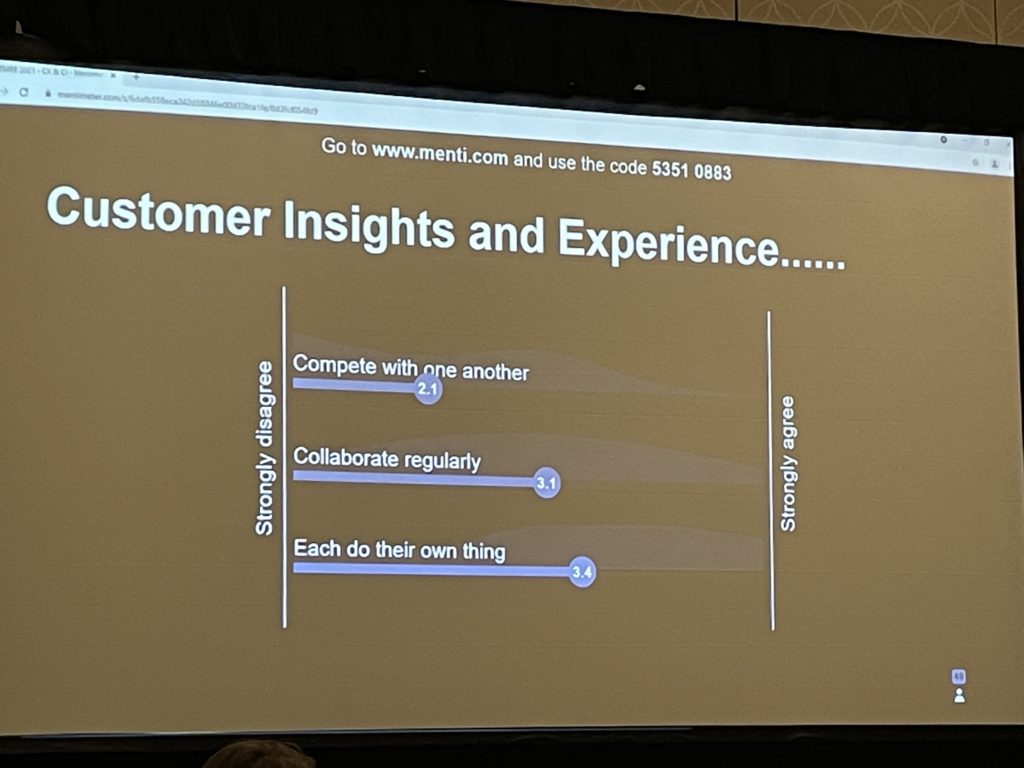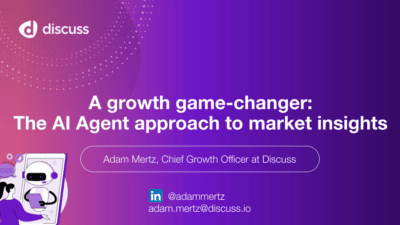Data, Brands and Culture Go Hand-In-Hand

We recently had the great pleasure of attending the Insights Innovation Exchange (IIeX) in Atlanta. You can imagine our excitement when we saw that esteemed anthropologist and author of Chief Culture Officer, Grant McCracken, was going to be giving the keynote address. IIeX is a conference that places value on innovation and research and, as a result, a lot of the sessions revolve around topics like new methodologies and technologies. McCracken used his keynote to urge us to remember the underlying role that culture plays, even in the face of innovation in consumer insights.
As technology becomes increasingly present in our lives and we continue to innovate, we sometimes lose sight of the fact that there are basic characteristics that define us as human. We are not blank slates. Each and every one of us is a sum of our experiences, societal norms and expectations, and culture; these then inform our perspectives and our actions.
McCracken challenged us to embrace the emergence of data analytics, but to remember that parsing human behaviour strictly by numbers and data alone is shortsighted. Of course, answering “what,” “where,” and “how” questions is valuable because it helps to make sense of the chaos of the world. It helps us to understand what is going on. It shows us the results. It does not, however, tell us the cause. It doesn’t answer the “why” questions.
Data analytics will give you one snapshot of a consumer segment, but if you want to understand the culture that informs the data, you have to have a conversation.
McCracken summed it up simply:
Culture needs data, data needs culture.
There’s no shortage of resources that brands can leverage to gather data on consumers. The bigger question is: how can we teach brands to humanize the consumer beyond the numbers? How can we enable brands to engage in these conversations?
Our very own Jim Longo spoke to this challenge on stage at IIeX. At Discuss.io, we are noticing a shift in how brands would like to approach their research. Increasingly, brands want to shift their focus to try to understand consumers on the most fundamental level. To do this, they’re engaging in conversations with consumers in order to build empathy.
Empathy is driven by human connection and through conversations (read more about how to do that across the enterprise here). When all stakeholders in the organization can participate in these connections, brands can make better, more effective business decisions; decisions that are informed by an understanding of the culture that drives the consumer behaviour that you want to encourage. Brands will step away from these conversations with insights that will influence the products that they build and the campaigns that they launch.
Working with our customers, we are helping to facilitate conversations that are iterative, scalable and not limited by geography. Using video conferencing, we enable brands to connect with consumers face-to-face, and online, in order to achieve a rapid and deep-seated understanding of their perspectives and behaviours. This “agile empathy” enables brands to make better real-time decisions, leading to reduced time-to-market, more effective marketing and successful products. Click here for Jim’s presentation slides or watch our Facebook Live video.
Start a conversation with us to learn how your organization can build agile empathy and better understanding of your consumers.
Ready to unlock human-centric market insights?
Related Articles

TMRE Nashville Roundup: 3 Key Takeaways on the Transformation of Market Research
The Market Research Event (TMRE) that took place last week in Nashville gave an interesting snapshot into the state of…
The Market Research Event (TMRE) that took place last week in Nashville gave an interesting snapshot into the state of…

3 Ways to Remove Bias from the Interview Process with Tech Tools
Bias isn’t always conscious. Try as you might to fight against personal predispositions, bias can still find its way into…
Bias isn’t always conscious. Try as you might to fight against personal predispositions, bias can still find its way into…
10 Language Blunders That Would Have Been Avoided With Market Research
Businesses try as much as possible to keep brands, model names and slogans consistent across international markets as much as…
Businesses try as much as possible to keep brands, model names and slogans consistent across international markets as much as…



